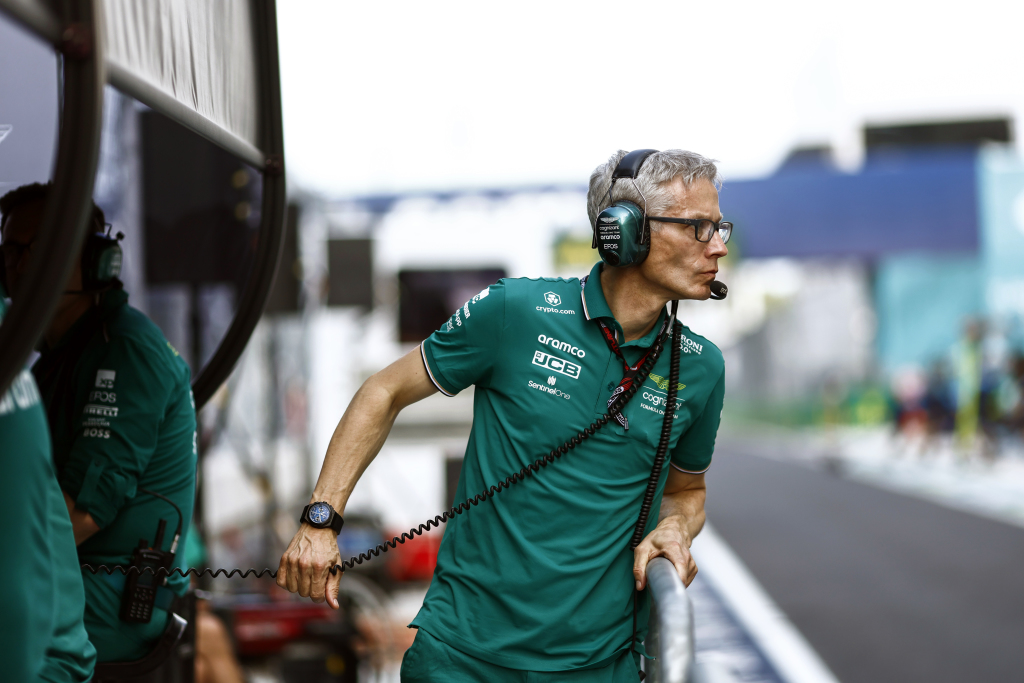Aston Martin team principal Mike Krack says the team should not be solely judged on recent races but a wider sample set of venues and its progress compared to 2022.
Fernando Alonso finished seventh at the British Grand Prix, just holding off Williams’ Alex Albon as he finished comfortably adrift of both McLaren and both Mercedes drivers. With Silverstone marking the first time Aston had gone two consecutive races without scoring a podium, Krack says it’s too short-sighted to only view the last two rounds as the barometer of how competitive the team is.
“We need to be careful trying to define a pecking order too quickly,” Krack said. “You will remember me saying this: we have swings up and down. We have seen in Austria, for example, the Mercedes were quite down; in Barcelona they were very strong. We were very strong in Canada — that’s not long ago — where we were fighting for the podium.
“So that’s why I always say we need to wait over two, three or four tracks to be really sure about where the pecking order is, and I think we can maintain that.”
[lawrence-auto-related count=3 category=1388]
Aston Martin currently sits third in the constructors’ championship with 181 points, and Krack says even if it slips away from being able to fight for podiums on a regular basis, the improvement compared to last season — when the team scored a total of 55 points and a best finish of sixth place — has been substantial.
“I think the season is already a very respectable one if you see where we came from. We have six podiums in 10 races — even if it were six podiums in 22, I think it would be a very respectable season compared to where we’ve come from, what our targets over the season were. But we will not give up now and let it go.
“We need to not get deviated too much by single events. We need to wait two, three or four races to see where we are — like a rolling average in engineering terms. I think then before the [summer] shutdown we can have a better representation of where we are and this will allow us to define from the race expectation where we have to go.
“I think we have to consider that there are a lot of races coming up over very different characteristics to the previous ones. The calendar is such that you have lower-downforce races in the beginning — depending on how you classify them — and there are more races to come where maybe we can be better. These are all things that we have to see based on the analysis of the next three, I think.”
